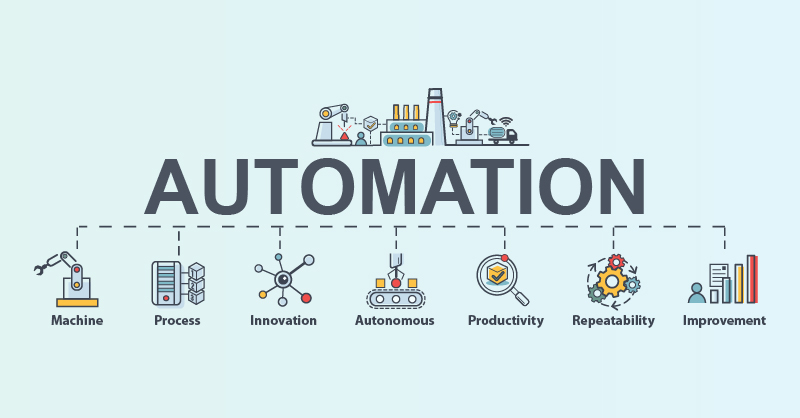
In today's accelerated pace of delivery, as software and product developments become more and more intricate, the significance of Quality Assurance (QA) and Quality Engineering (QE) escalates. Automation has emerged as a pivotal element in testing, ensuring high-quality results, and upholding stringent standards.
Automation testing employs tools and processes to execute software/product QA and testing tasks, with the primary goal being to streamline and expedite the testing process while maintaining precision and repeatability.
Manual Testing Vs. Automation

While automating all testing processes might be impractical, automation testing is a transformative force in QA/QE. It simplifies testing procedures, outperforming what manual testing alone can achieve. More importantly, automation testing proves advantageous in regression testing by swiftly executing numerous test cases, ensuring seamless software or product updates without introducing issues.
In addition, automation empowers quality engineers to focus on critical testing responsibilities, such as test case creation and result interpretation. It saves time, enhances efficiency, and mitigates human error. Additionally, automation facilitates the evaluation of an application's functionality in diverse scenarios, replicating real-world events and identifying bottlenecks to optimize software and improve user experience.
However, automation testing has its limitations. While many tests can be automated, tasks requiring the human eye's ability, such as exploratory testing or assessing look and feel, remain more suited to manual testing.
Automated Testing Tools and Selection Criteria

Deciding to start test automation is the easiest part, but choosing the right test automation tool is the real challenge. Many teams are wasting a lot of money on hiring new manual testing resources while finding it hard to invest in automation.
Before selecting an automation testing tool, understanding the team's needs, budget, and feature requirements is imperative. While manual testing remains relevant in specific scenarios, automation becomes essential for repetitive and regression tests, performance testing, stable UI, and critical functionalities. When selecting a tool, it is important to prioritize those supporting codeless execution, multiple programming languages, integration with CI/CD pipelines, comprehensive reporting, and easy script maintenance.
Selenium is a popular open-source tool that comprises a suite of tools, each serving different testing needs. While Selenium is a widely used tool, it's not the only option for test automation. There are numerous test automation frameworks and tools available that can be used to write effective test cases and run them with success.
Streamlining Test Case Execution With Automation

Automation offers a significant advantage in enhancing the efficiency and reliability of test case execution. Automated test scripts, executed frequently, ensure consistent and reliable results. This contrasts with manual execution, which is labor-intensive and susceptible to errors. Automation enables parallel test execution, handling complex scenarios efficiently and saving time. In addition to streamlining test case execution, automation extends its impact across various facets of the testing process as follows:
-
Improving Efficiency Through Automated Test Data Generation
Automated test data generation plays a crucial role in QA, creating large volumes of test data covering various scenarios. This process enhances efficiency by detecting potential issues with diverse data inputs, ensuring better test coverage, and reducing the likelihood of human error.
-
Accelerating Test Results Analysis and Reporting
Automating test result processing and reporting accelerates these critical processes, facilitating seamless communication with stakeholders. Automation analyzes extensive test data swiftly, identifying potential issues and expediting the reporting of results.
-
Mitigating Risks With Continuous Integration and Continuous Testing
Continuous integration and testing are essential in detecting and mitigating risks early in the development cycle. Automation is pivotal for implementing these principles, automating build, testing, and deployment procedures to enhance software stability and reliability.
Effective testing methods, which include automation, continuous testing, and testing frameworks, play a crucial role in achieving optimal testing procedures. These techniques can significantly improve software/product quality, shorten time-to-market, and boost productivity. By incorporating these methods, software & product development teams can streamline their testing processes, identify defects early, and ensure that their software meets the highest quality standards.
Achieve the highest standards for your software with our tailored solutions. Schedule a consultation with our dedicated team of Quality Engineering professionals for reliable and efficient solutions that will exceed your expectations.

